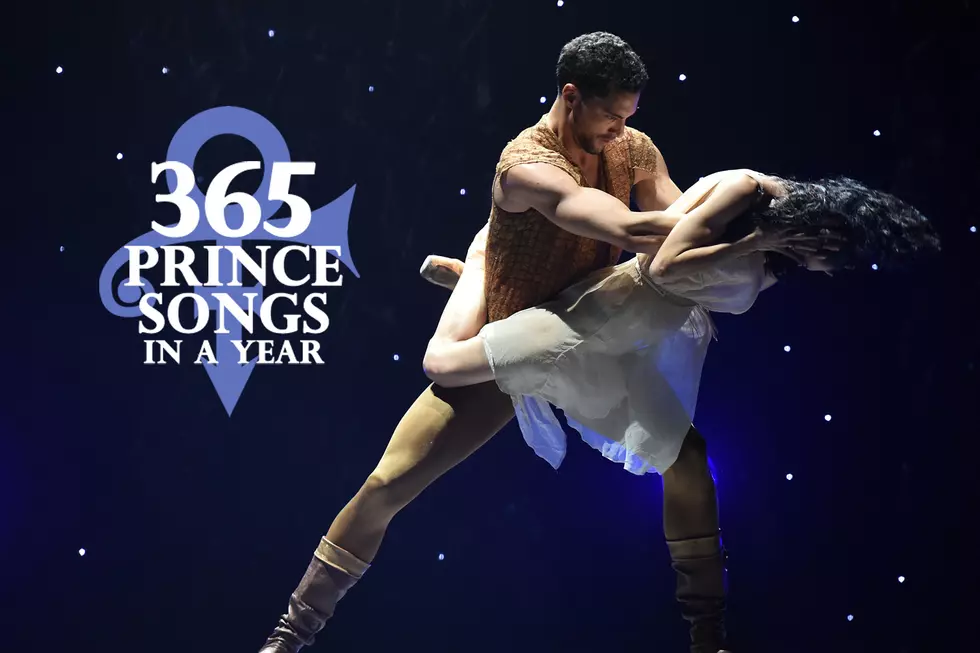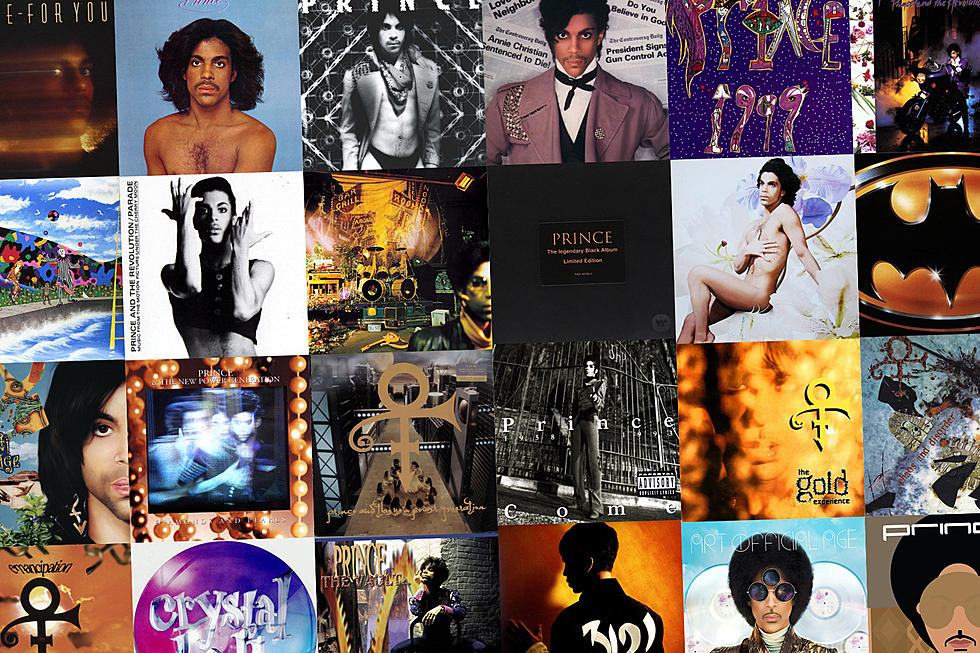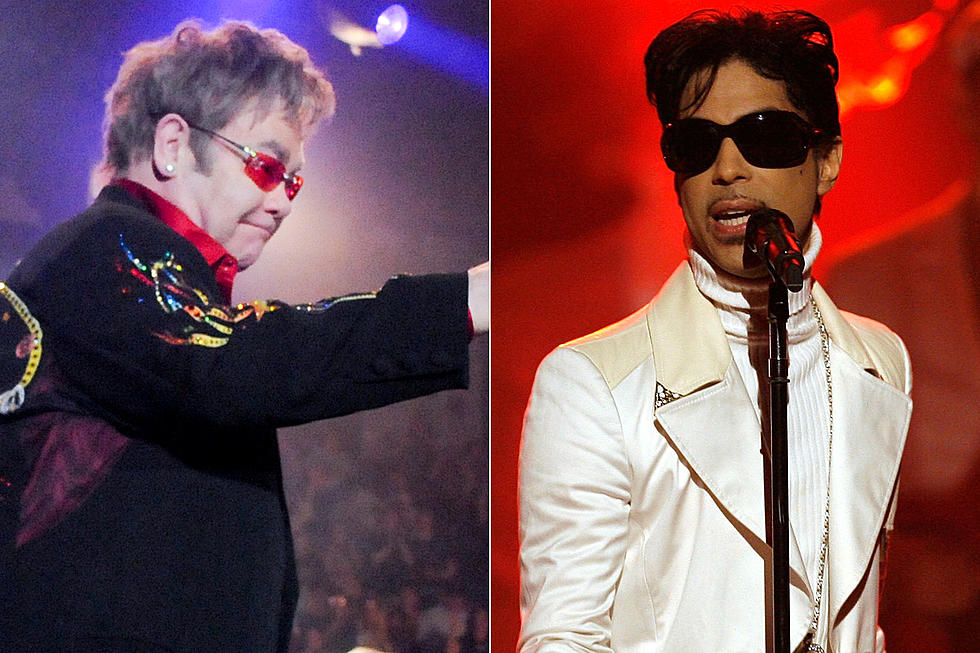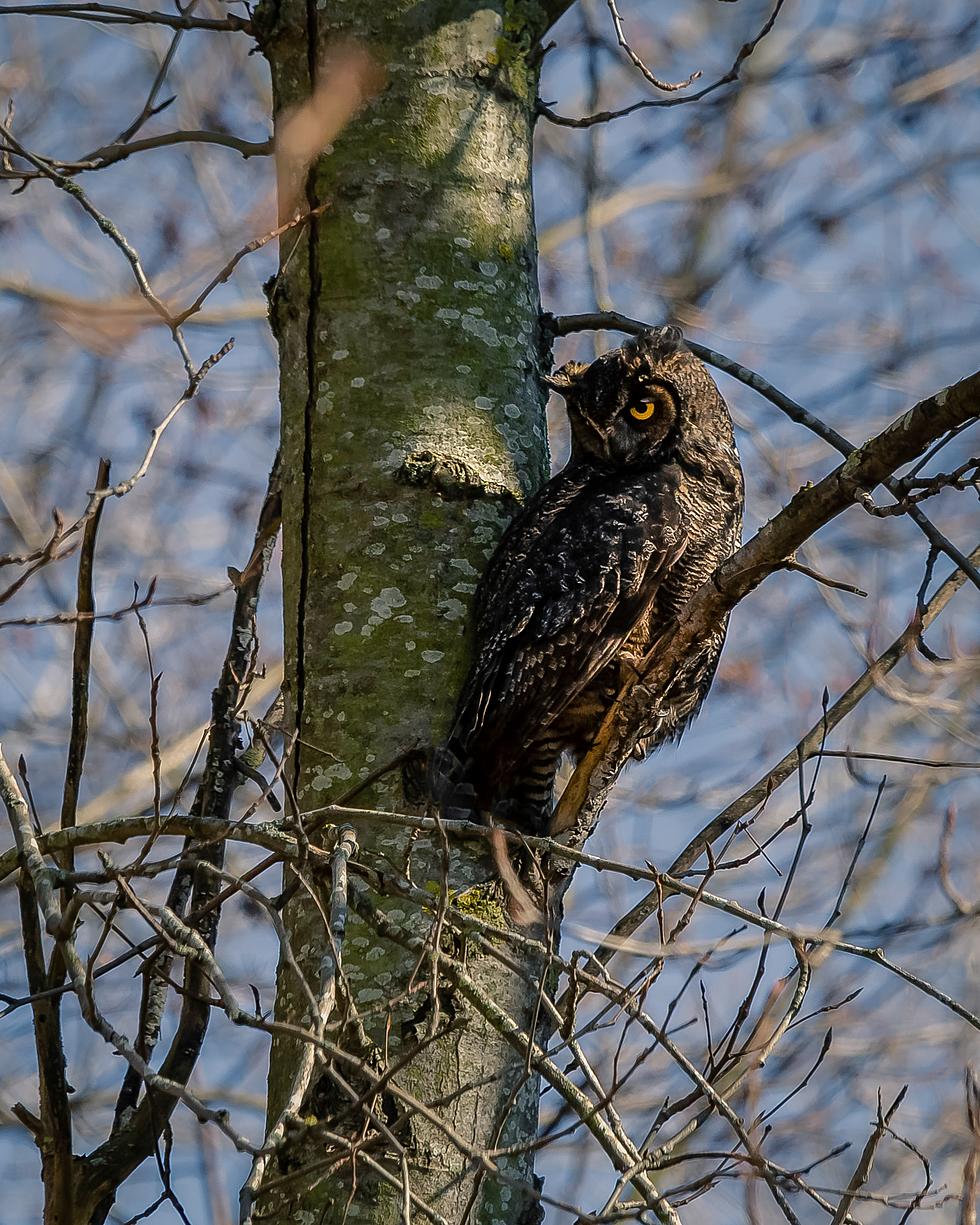
Prince Claps New Life Into ‘Thunder’ for Joffrey Ballet
To celebrate the incredibly prolific, influential and diverse body of work left behind by Prince, we will be exploring a different song of his each day for an entire year with the series 365 Prince Songs in a Year.
Shortly after releasing his 1991 album Diamonds and Pearls, Prince clapped new life into "Thunder" — a song he'd sent out into the world just days earlier — and the Joffrey Ballet.
Following a board member's invitation to the Joffrey Ballet's opening in Los Angeles that year, Prince fell in love with the dance form, and quickly offered his music — royalty-free — to Joffrey. It was a tremendous gift for the ballet, struggling to attract attention to what many viewed as an elitist art.
The result was Billboards: a four-part piece rock ballet, comprised of work by four different choreographers, and more than a dozen songs by Prince Rogers Nelson — as he was billed in the program in lieu of the unpronounceable symbol that he was going by at the time. It was inspired by Joffrey co-founder Gerald Arpino's intrigue of powerful billboard imagery he saw while touring with the ballet.
Prince had even thrown a cherry on top: an extended, more than 10-minute version of "Thunder," called "The Thunder Ballet," composed exclusively for Billboards.
The New York Times critic wrote in 1993, "Here is the ultimate crossover ballet: a sprawling, clever reflection of the uneasy cultural mix of our time. Classical and popular dance styles meet in Billboards as if there were no borders; images of sexual bravado beat a cautious retreat; trendy attitudes carry their built-in irony."
It wasn't Joffrey's first rock ballet. Founder Robert Joffrey produced Astarte in 1967, and the company performed Twyla Tharp's Beach Boys-fueled Deuce Coupe in 1973. But Billboards proved to be the most popular of them. It drew such demand that Joffrey took it on the road, although not all reviews were positive. Nonetheless, criticism was generally steered toward the concept and choreography, not at the music, which was well-received.
"The problem isn't with the ex-Mr. P's music: It's eminently danceable, as he's proven in his far more interesting and provocative music videos," a reviewer wrote in the L.A. Times in 1994. "No, what's wrong is the slate of choreographers chosen by Gerald Arpino for the project — artists, in several cases, ill-prepared to use the technical resources of ballet, much less take classicism into Paisley Park."
In 2016, a Washington Post critic recalled "Billboards suffered a bit from the patchwork creation, but it was a transporting experience. I especially remember the shimmering, erotic dreamscape that accompanied its opening song, 'Sometimes It Snows in April.' And in the 'Thunder/Purple Rain' section, with its crashing organ chords, a horde of wanton ghouls in a clouded underworld evoked a parody of society’s sexual mores."
It has remained an important departure in ballet, and it's since been shown on PBS and released on video. In the intervening years, Prince's love for ballet never wavered. In 2009, he asked Misty Copeland of the American Ballet Theater to appear in his "Crimson and Clover" video, improvising to the song. In 2011, she appeared in his Welcome 2 America shows in the greater New York City area, and toured with him through Europe.
More From Kool 107.9





![Classic PFM: Peyton Poses as Intern for Denver Broncos [Video]](http://townsquare.media/site/49/files/2021/05/Peyton.jpg?w=980&q=75)




